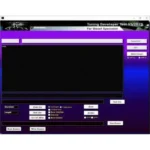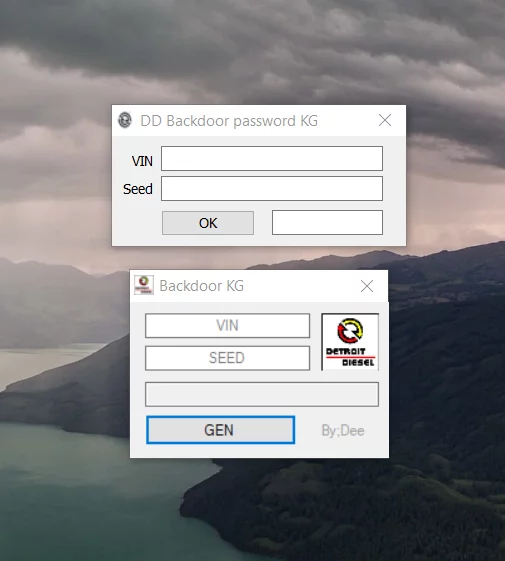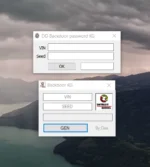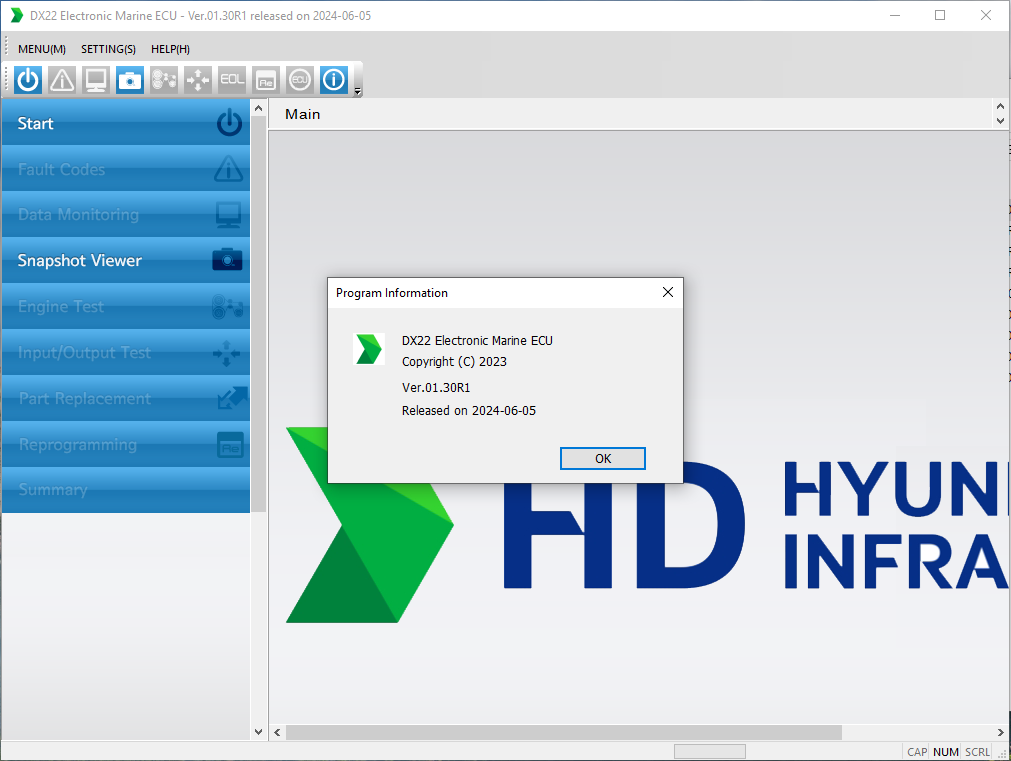Detroit Backdoor Software: Essential Tool for Fleet Management
Detroit backdoor software is a crucial tool for fleet management, providing essential diagnostic and repair capabilities for Detroit Diesel engines. It enhances efficiency by allowing technicians to swiftly access necessary data and perform necessary adjustments. The software’s functionalities include generating backdoor passwords, facilitating remote access, and streamlining maintenance processes. Understanding how to utilize this software effectively is key to optimizing fleet performance and minimizing downtime.
Table of Contents
ToggleUnderstanding Detroit Backdoor Software
Detroit Backdoor Software plays a pivotal role in enhancing the efficiency of diesel engine diagnostics and repairs. Understanding its features and importance is essential for fleet management.
Key Features and Capabilities
This software offers several critical capabilities that greatly benefit technicians and fleet operators:
- Access to diagnostic data, enabling precise fault detection.
- Remote installation capabilities, allowing for modifications without physical presence.
- User-friendly interface for both novice and experienced technicians.
- Ability to generate backdoor passwords for expedited access to essential functions.
Importance in Fleet Management
Utilizing Detroit Backdoor Software significantly impacts fleet management through various advantages, including:
- Reducing downtime with quick diagnostics and repairs.
- Streamlining maintenance processes for better resource allocation.
- Enhancing communication between operators and technical teams for improved coordination.
Ultimately, this software supports fleets in maintaining operational efficiency, thereby contributing to overall productivity.
Using the DDDL Detroit Diesel Diagnostic Link
The DDDL (Detroit Diesel Diagnostic Link) serves as a vital tool in maintaining and repairing Detroit Diesel engines. It provides critical diagnostic capabilities essential for effective fleet management.
How the Software Works
DDDL operates by establishing a connection between the engine and a computer interface. This allows technicians to:
- Retrieve fault codes from the engine’s control module
- Adjust engine parameters as needed
- Perform comprehensive diagnostics to identify system issues
Technicians can streamline the service process, ensuring quicker response times to repairs.
Benefits for Technicians
DDDL offers numerous advantages, enhancing the efficiency of technicians:
- Access to real-time data, improving troubleshooting accuracy
- Ability to recalibrate settings remotely, reducing downtime
- Intuitive interface designed for ease of use, catering to both experienced and novice users
This software not only elevates diagnostic procedures but also supports better maintenance strategies across the fleet.
Understanding backdoor passwords is essential for effective use of diagnostic software. These passwords facilitate access to critical functions, enabling technicians to perform necessary interventions quickly.
Backdoor Passwords: What You Need to Know
The Role of Backdoor Passwords
Backdoor passwords serve a vital function in streamlining maintenance processes. They allow technicians to bypass standard authentication requirements, ensuring rapid access to advanced features, diagnostics, and troubleshooting tools. This expedites repairs and minimizes vehicle downtime.
Security Measures in Place
While backdoor passwords enhance accessibility, robust security measures are crucial to protect sensitive data and prevent unauthorized access. These measures ensure that only trained personnel can utilize the backdoor functionalities.
Ensuring Authorized Access
Authorized access is enforced through strict protocols, including:
- Verification of technician credentials.
- Use of secure channels for password distribution.
- Tracking modifications and access logs for accountability.
Remote Install and Access
The ability to install software and perform diagnostics remotely is facilitated by backdoor access. This feature is particularly advantageous for managing multiple vehicles, allowing for efficient updates and repairs without the need for physical presence.
The Password Calculator for DDDL8 is an essential tool for generating backdoor passwords, enabling technicians to access advanced features of the software. Understanding how to use this calculator can streamline the diagnostic process significantly.
Password Calculator for DDDL8
How to Use the Password Calculator
Utilizing the Password Calculator for DDDL8 involves a straightforward process:
- Access the calculator on a secure platform.
- Input the required details, including the VIN (Vehicle Identification Number) and the seed number.
- Submit the information to obtain the generated password in a hexadecimal format.
This process allows for quick, efficient access to critical diagnostic functions without delay, thereby enhancing productivity.
Compatibility and Limitations
The Password Calculator specifically supports DDDL8 but is not compatible with older Detroit Diesel engine models, such as the 60 series. Users should be aware of these limitations when attempting to generate passwords.
For those utilizing incompatible models, alternative approaches, such as the Detroit Diesel Calibration Tool (DDCT), may be necessary. Understanding these compatibility aspects is crucial for effective usage.
Obtaining Backdoor Passwords Safely
Acquiring backdoor passwords for Detroit Diesel systems requires caution and proper procedures. Following the right steps ensures security and functionality while accessing critical features.
Steps to Generate Your Password
Generating a backdoor password involves several key steps to ensure safety:
- Access a trusted password generation tool specific to DDDL8.
- Input the Vehicle Identification Number (VIN) accurately.
- Provide the corresponding seed number required for the password generation.
- Verify the information before submitting to avoid errors.
- Retrieve the generated password securely to maintain its confidentiality.
Importance of VIN and Seed Number
The VIN and seed number are critical components in the password generation process:
- The VIN identifies the specific vehicle and its unique specifications.
- The seed number, generated by the engine’s system, ensures the password is unique to that engine.
Incorrect or incomplete information can result in failed password generation, making it essential to double-check these inputs.
Troubleshooting and Data Management
Troubleshooting and managing data effectively are crucial components in enhancing the usability of diagnostics software. Addressing common issues promptly ensures smoother operations.
Common Issues and Solutions
Users may encounter various challenges while using the software. Here are some frequent issues and their corresponding solutions:
- Connection Problems: Ensure the device is properly connected to the engine. Check cables and ports for any damage.
- Error Codes: Review the error codes displayed and consult the manual for specific troubleshooting steps.
- Software Updates: Keep the software updated to the latest version to avoid compatibility issues and bugs.
Managing ECU and DTC Data
Efficient management of Engine Control Unit (ECU) and Diagnostic Trouble Codes (DTC) data is vital. Proper handling of this data can enhance diagnostic accuracy and repair efficiency.
- Regular Data Backup: It’s essential to back up ECU data regularly to prevent loss in case of system failures.
- Code Clearing Procedures: Follow recommended steps to clear DTCs properly after repairs, ensuring no residual codes affect diagnostics.
- Data Interpretation: Understand the DTCs and their implications for timely and effective maintenance decisions.
Frequently Asked Questions
This section addresses common queries related to accessing software and obtaining updates in the context of Detroit backdoor software.
Accessing the Software
Users often have questions regarding how to access the software effectively. Here are some key points:
- Ensure the software is downloaded from a reliable source.
- Installation may require administrative privileges.
- Check system compatibility to avoid performance issues.






 CLAAS
CLAAS CNH
CNH





 HITACHI
HITACHI



 JPRO
JPRO KUBOTA
KUBOTA MAGIC TUNER
MAGIC TUNER
 MANITOU
MANITOU
 NEXIQ
NEXIQ NONSELF
NONSELF PACCAR
PACCAR


 PSI POWERLINK
PSI POWERLINK







 ZF TESTMAN
ZF TESTMAN



















